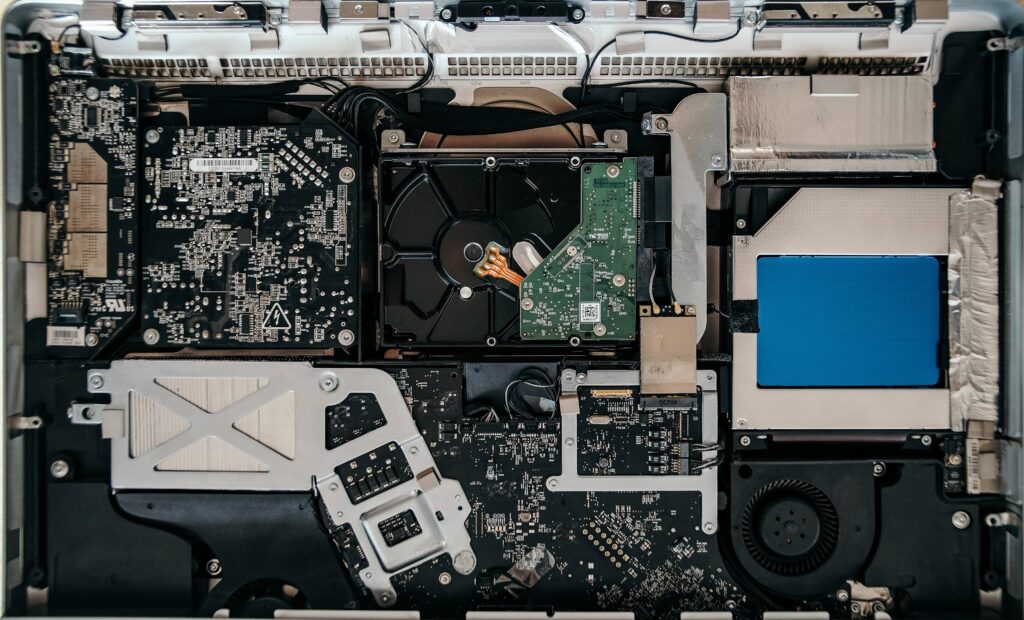Routers are the backbone of any home or office network. They are responsible for distributing the internet connection to all the devices connected to the network. However, sometimes routers can malfunction, and it can be frustrating when the internet connection is lost. In this article, we will guide you through the steps to troubleshoot your router and fix any issues that may be preventing you from enjoying a stable internet connection.

Reset the Router
The first step in troubleshooting your router is to reset it. This is a simple process that involves pressing and holding the reset button on the router for about 10 seconds. This will restore the router to its default settings and clear any configuration issues that may be causing the problem.
Check the Cables
The next step is to check the cables. Make sure that all the cables are properly connected and not damaged. Check the power cable, Ethernet cable, and phone line (if your router has a built-in modem). If any of the cables are damaged, replace them with new ones.
Check the Firmware
The firmware is the software that runs on your router. It is important to keep the firmware up to date to ensure that the router is running smoothly. Check the manufacturer’s website for any firmware updates and follow the instructions to install them.
Check the Wireless Connection
If you are having issues with the wireless connection, try moving the router to a different location. Keep it away from any interference sources such as microwaves, cordless phones, and other wireless devices. You can also try changing the wireless channel on the router to see if it improves the connection.
Disable the Firewall
If you have a firewall enabled on your router, it can sometimes cause issues with the internet connection. Try disabling the firewall temporarily and see if it resolves the problem. If it does, you may need to reconfigure the firewall settings to allow the necessary traffic.
Use a Different DNS Server
Sometimes, the internet connection can be slow due to issues with the DNS server. You can try using a different DNS server to see if it improves the connection speed. Google and OpenDNS provide free public DNS servers that you can use.
Conclusion
In conclusion, troubleshooting a router can be a frustrating experience, but by following the steps outlined in this article, you can resolve any issues and get back to enjoying a stable internet connection. Remember to reset the router, check the cables, update the firmware, check the wireless connection, disable the firewall, and use a different DNS server if necessary. By following these steps, you can ensure that your router is running smoothly and providing a reliable internet connection.
